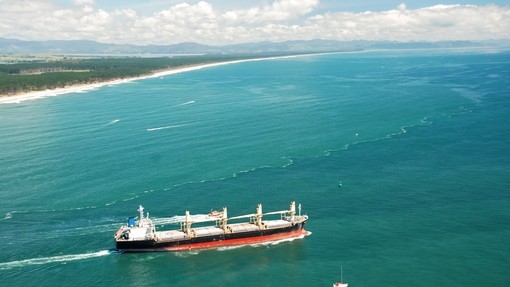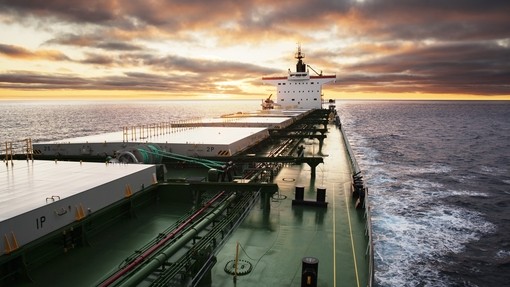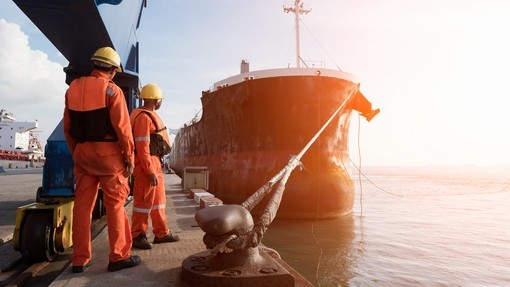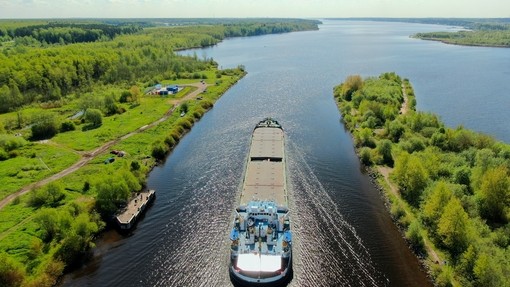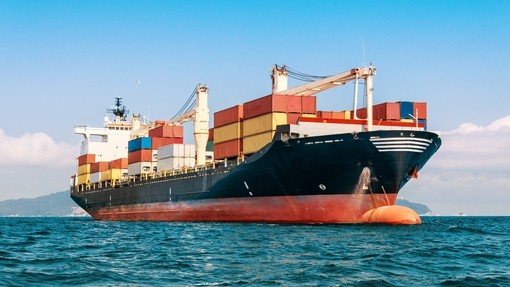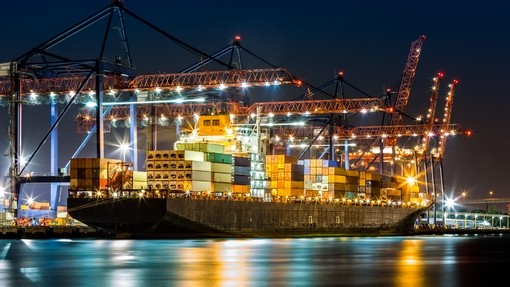Part two: The Ballast Water Management Convention - application and compliance requirements
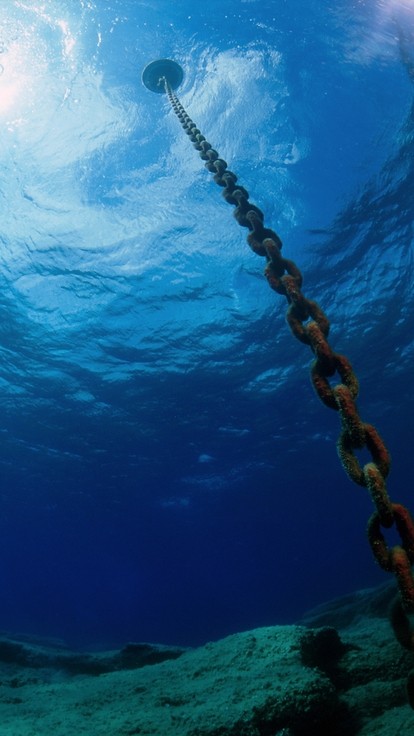
Details
The International Convention for the Control and Managements of Ships’ Ballast Water and Sediments 2004 (Convention) came into force on 8 September 2017 (Implementation Date). 8 September 2019 is the next important date in the Convention’s implementation timeline requiring more of the existing fleet to comply with the more stringent D-2 standard under the Convention.
More details on the application of the Convention and standards can be found in our first article. This article looks into more detail at the Convention’s implementation timeline, the actions that the port state control authorities can take in case of breach and includes some considerations when it comes to installing a suitable ballast water management system.
Implementation timeline
As of Implementation Date, all ships are required to comply with the exchange standard (D-1) and new ships with the performance standard (D-2). Existing ships may choose to comply with the D-2 standard early on, but they are not obliged to do so until the relevant mandatory compliance date for the ship in question.
There is a staged move for ships towards the D-2 standard with the implementation timeline as provided under the Convention (Regulation B-3) and subsequently amended by meetings of the Marine Environment Protection Committee (MEPC) by reference to the ship’s International Oil Pollution Prevention Certificate (IOPPC). In brief, this means that ships constructed on or after the Implementation Date must comply with the D-2 standard on delivery, whereas the existing ships must comply by the first IOPPC renewal after 8 September 2019.
The Convention defines ‘constructed’ by reference to a ship to include a stage of construction where:
- the keel is laid; or
- construction identifiable with the specific ship begins
- assembly of the ship has commenced comprising at least 50 tonnes or 1% of the estimated mass of all structural material, whichever is less; or
- the ship undergoes a major conversion
For existing ships, in circumstances where the IOPPC renewal survey is between the Implementation Date and 8 September 2019, if the previous IOPPC renewal survey was:
- between 8 September 2014 and 8 September 2017, the ship must comply with the D-2 standard by this renewal survey
- before 8 September 2014, the ship can wait until the next renewal survey
A ship undergoing its IOPPC renewal survey after 8 September 2019 will need to meet the D-2 standard by that renewal survey.
If the vessel does not have an IOPPC renewal survey, the date of compliance with the D-2 standard will be determined by the vessel’s flag state, though there is a longstop date of 8 September 2024 by when compliance will be required.
Enforcement
In terms of enforcement, this is achieved by way of inspections by the port state or flag state as applicable. Article 9 of the Convention provides that a ship to which the Convention applies may be subject to inspection in any port or offshore terminal of another contracting party with any such inspection being limited to:
- verifying that there is onboard a valid international ballast water management certificate, which, if valid shall be accepted
- inspection of the ballast water record book
- a sampling of the ship’s ballast water, even though the time required to analyse the samples shall not be used as a basis for unduly delaying the operation, movement or departure of the ship
However, where a ship does not carry such valid certificate or there are clear grounds for believing that the condition of the ship or its equipment does not correspond substantially with the particulars of the certificate or the master or the crew are not familiar with essential ballast water management shipboard procedures a detailed inspection may be carried out, with the port state control officers taking necessary steps to ensure that the ship does not discharge ballast water until it can do so without presenting a threat of harm to the environment, human health, property or resources.
It should be noted that even though the current wording of Article 9 indicates that sampling of the ship’s ballast water can be undertaken during an initial inspection, the Guidelines for port State control under the Ballast Water Management Convention adopted by IMO MEPC 67 by way of resolution MEPC.252(67) (Guidelines) contain detailed procedures regarding port state control envisaging a four stage inspection regime with sampling taking place at a third stage where an ’initial inspection’ (first stage) or a ’more detailed inspection’ were not deemed satisfactory.
If a ship has violated the Convention, the port state control officers may take steps to warn, detain or exclude the ship or grant such a ship permission to leave to discharge ballast water elsewhere or seek repairs. The officers are to use professional judgment to determine whether to detain the ship until any noted deficiencies are corrected, or to permit a ship to sail with deficiencies that do not pose an unreasonable threat of harm to the marine environment, human health, property or resources.
The Guidelines contain a non-exhaustive list of deficiencies, which are considered to be of such a serious nature that they may warrant the detention of a ship. These include the absence of any of the Convention documentation (ballast water management plan, ballast water record book and international ballast water management certificate (where applicable)), no nomination of a designated officer or result of non-compliance by sampling. Fines may also be imposed.
Some considerations regarding the installation of suitable ballast water management systems
With 8 September 2019 – the next date in the Convention implementation timeline – fast approaching and requiring more of the existing fleet to comply with the D-2 standard, presumably ship owners are already underway with their retrofitting planning, having approached suitable marine engineering firms regarding the installation of the best suited ballast water management systems for their vessel(s) and also liaised with Class to ensure that there are no issues or limitations with their choices.
Apart from the expertise of the retrofitting engineering firms’ expertise, other considerations in choosing the most suitable system will also include:
- The ship’s areas of operation, given that there may be several ports in the vessel’s trading routes that have different requirements. The Convention does not prevent any signatory party from taking more stringent measures with respect to the prevention, reduction or elimination of the transfer of harmful aquatic organisms through the control and management of ships’ ballast water consistent with international law. The most striking example is the US, which is not a signatory to the Convention and for ships operating in these waters additional consideration is required when choosing the appropriate system
- The vessel’s specific characteristics such as (i) the ship’s ballasting requirements, given that demands for ballast may vary between types of vessels for example when considering retrofitting a tanker with a suitable system compared to a passenger ship or (ii) the ship’s age and remaining service life which will inform the type of investment to be made
- Cost is an obvious one, including initial installation costs and running/maintenance costs together with
- Logistics requiring planning and making arrangements for the vessel to be dry-docked and retrofitted keeping in mind the terms of any existing charterparties, where applicable

